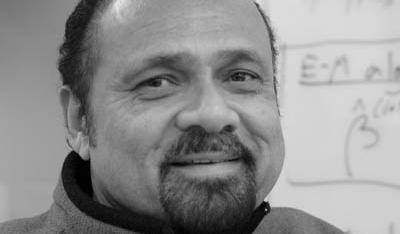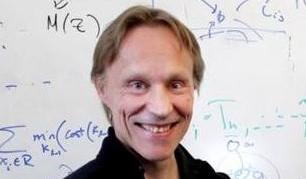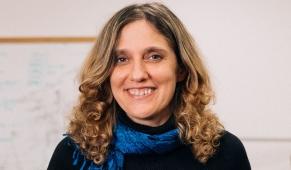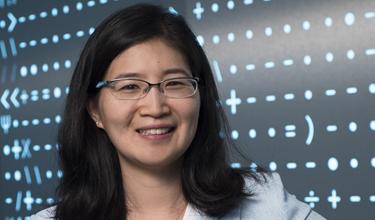Darrell Coles is a senior research geophysicist at Schlumberger. His research efforts have been in optimal experimental design for industrial-scale geoscientific applications, inverse and optimization theory, uncertainty characterization and control, all in the context of seismic data acquisition and analysis. He has obtained several additional patents and written several peer-reviewed publications since joining Schlumberger and is currently branching into commercial software development and data science.

F. Dale Morgan is a Professor of Geophysics at the Massachusetts Institute of Technology in the Department of Earth, Atmospheric, and Planetary Sciences and associated with the Earth Resources Laboratory. His current interests are in rock physics, geoelectromagnetism, applied seismology, inverse theory, environmental and engineering geophysics, electrochemistry, and electronic instrumentation.

Lead Instructor
Professor Wojciech Matusik is an Associate Professor of Electrical Engineering and Computer Science at the Computer Science and Artificial Intelligence Laboratory at MIT, where he leads the Computational Fabrication Group. His research interests are in direct digital manufacturing and computer graphics.

Lead Instructor
John R. Williams is a Professor of Information Engineering and Civil and Environmental Engineering at MIT. His area of specialty is large scale computer analysis applied to both physical systems and to information.

Lead Instructor
Stefanie Jegelka is an X-Consortium Career Development Associate Professor in the Department of Electrical Engineering and Computer Science at MIT, where she is a member of CSAIL, and affiliated with IDSS.

Tommi Jaakkola is a Thomas Siebel Professor of Electrical Engineering and Computer Science and the Institute for Data, Systems, and Society. He is also a member of the Computer Science and Artificial Intelligence Laboratory. His work pertains to inferential, algorithmic and estimation questions in machine learning, including large scale probabilistic distributed inference, deep learning, and causal inference.

Regina Barzilay is a School of Engineering Distinguished Professor for AI and Health in the Department of Electrical Engineering and Computer Science and a member of the Computer Science and Artificial Intelligence Laboratory at the Massachusetts Institute of Technology.

Participating Instructor
Vivienne Sze is an associate professor in MIT’s Department of Electrical Engineering and Computer Science and leads the Research Lab of Electronics’ Energy-Efficient Multimedia Systems research group. Her group works on computing systems that enable energy-efficient machine learning, computer vision, and video compression/processing for a wide range of applications, including autonomous navigation, digital health, and the internet of things.


